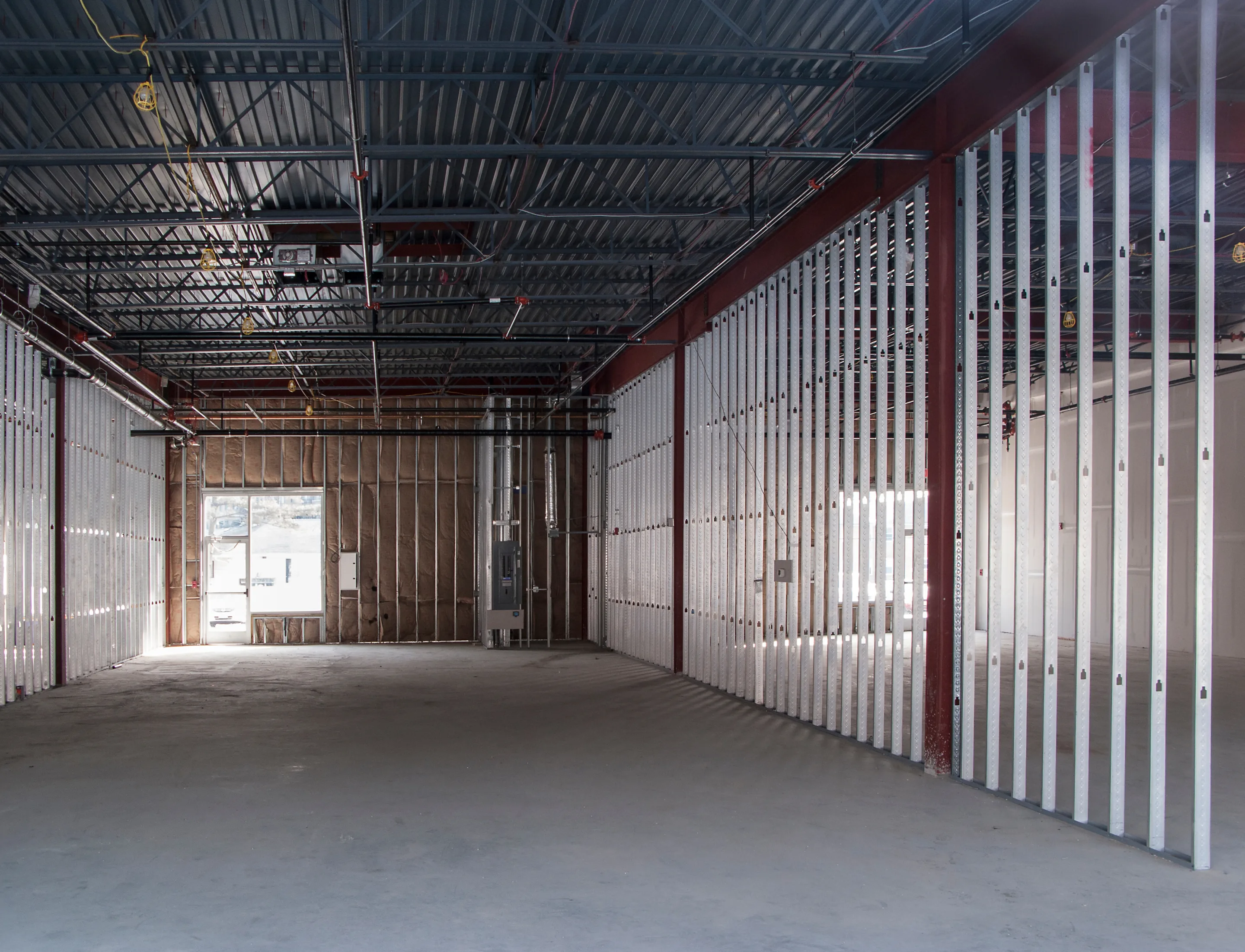
7 Common Pitfalls of Construction Projects
When starting a construction project, it is imperative to consider potential challenges that may derail the project. Most pitfalls can be addressed during the planning process since poor planning leads to poor execution. To achieve the best possible outcome for your project, here are common pitfalls to be prepared for during the construction process:
- Inadequate task management
- The importance of scheduling
- Challenges in procurement
- Lack of clear communication
- Understanding scope and complexity
- Ignoring site conditions
- Inaccurate costs and budgeting
Inadequate Task Management
Completing a construction project requires input from various parties, such as contractors, sub-contractors, designers, and architects. Managing these parties and delegating tasks effectively should be thoroughly planned out. Otherwise, the disorganization may lead to unassigned jobs, unclear details, and project cost overruns due to inaccurate estimations.
To avoid this, be sure to plan out a solid foundation with all the necessary details. Create benchmarks at each stage of the project and assign the right team to tackle those goals. Having project management software can be incredibly useful for managing tasks as well.
The Importance of Scheduling
Next, create a schedule that lays out the activities and sequences of your project. Establishing these details ahead of time will help to keep your team and project on track. Consider tasks that are dependent on one another or that may overlap. You might find tasks can take advantage of shared resources, which can expedite timelines and reduce cost.
At this stage, identify potential scheduling issues that may occur and take proactive steps to overcome them. Here is where permitting headaches can be overcome or altogether avoided, as long as the right preparation takes place first! Contacts at your contractor or with design agencies can also help you navigate the permitting process. Remember, in Houston, Texas, the average construction permitting time has been known to be delayed by months.
If any scheduling details change along the way, make sure to update those times on your project’s schedule. Staying on top of changes is a vital part of proper project execution. According to a 2023 report, only 20% of respondents updated their schedules within 1-2 days of becoming aware of the change. When timeliness is key, don’t delay on updates.
Challenges in Procurement
Issues that may arise with procurement of resources can result in long lead times. This issue prevails ever since the COVID-19 pandemic, which made all of us more aware of how shaky our just-in-time systems are. If the proper plans are not made in advance, a project can be delayed while you must wait for the necessary materials.
Aside from supply and demand issues, inaccurate procurement is another problem to be aware of. Not procuring enough of the right material or ordering incorrectly can lead to longer waiting times for your project. To overcome such issues, try to diversify the supply chain by using multiple suppliers—while keeping track of all the moving parts! Be communicative and stay connected with everyone involved to promptly address any challenges that may occur.
Lack of Clear Communication
Lack of clarity can be frustrating for anyone, so it is important to maintain regular communication with everyone involved on the project. This allows for the project manager to monitor progress, address any issues that may arise, and keep all involved parties informed.
Effective communication begins early. Establish relationships between all of your stakeholders, including the general contractor, architects, engineers, and suppliers, at the beginning of your project.
Building a communication strategy can help you to meet your project goals. When making a strategy, set expectations on how often and through what modes you may need to communicate. Evaluate as you progress through the project so you can identify areas of improvement and adjust as needed.
Understanding Scope and Complexity
All projects, no matter what size they may be, require a blueprint for success. Because of this, a project that expands beyond its original plan is one of the most common pitfalls you can encounter. To circumvent this, conduct a feasibility study to help you identify all the potential benefits, barriers, and constraints that could affect your project.
When conducting such a study, be sure to consider what is vital to the project’s success. This will allow you to define and set realistic expectations for your construction project. Additionally, it is also recommended to have a contingency plan to fall back on.
Ignoring Site Conditions
Other typical complicating factors that you may run into include: high-altitudes, flood prone areas, ground obstructions, adjoining buildings, demolition, debris clearance, remediation, underground services, and roads. Keeping your project plans in mind, consider how the site’s conditions can help you achieve those goals.
If your project takes place on a historical site or with protected wildlife (i.e. protected trees or landscaping), give the right people a seat at the table to ensure planning goes smoothly. GSD Construction recently worked on a project re-developing a historical house in downtown Houston into a school. The construction project required special protection of the building and the surrounding trees. The end result was a beautifully restored structure with the original tree-cover, exactly as the client imagined it.
Inaccurate Costs and Budgeting
When you inaccurately budget for your project, it can lead to budget overruns. Complications can lead to increased costs as well. Fluctuations in pricing can even occur due to supply and demand, economic conditions, and geopolitical factors.
Considering all of these things, it is clear that costs can fluctuate at any time, so stay informed. Be prepared for these occurrences by planning ahead and having alternative material options selected in advance.
Planning for a construction project can be a complex process, as it requires you to consider all aspects of the dynamic task to ensure it will be properly executed. With all these potential pitfalls in mind, make sure to leverage the correct strategies with your team of contractors early-on in the planning process. If you can plan ahead to account for these common pitfalls, you can significantly increase the likelihood of your construction project’s success.

